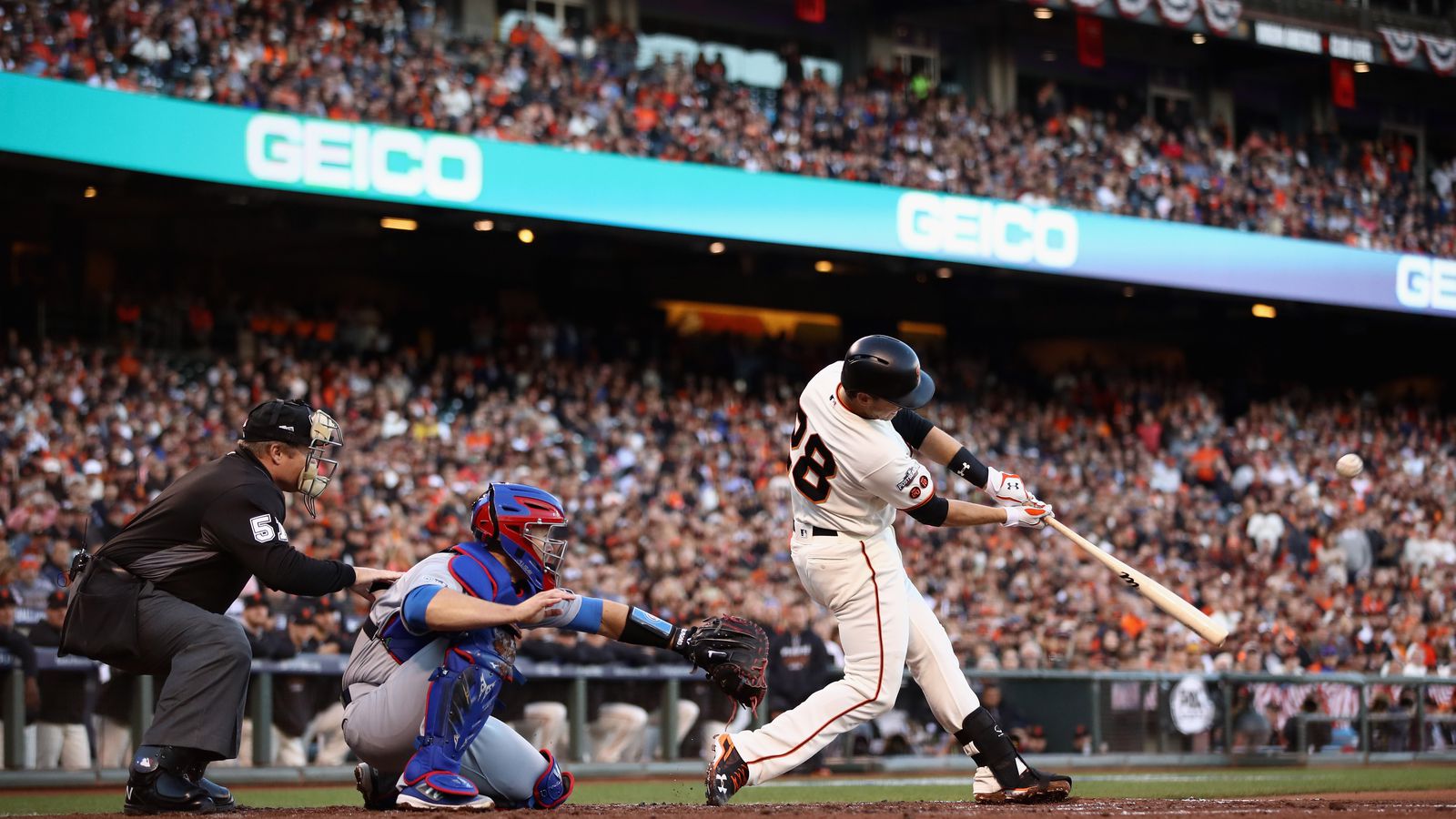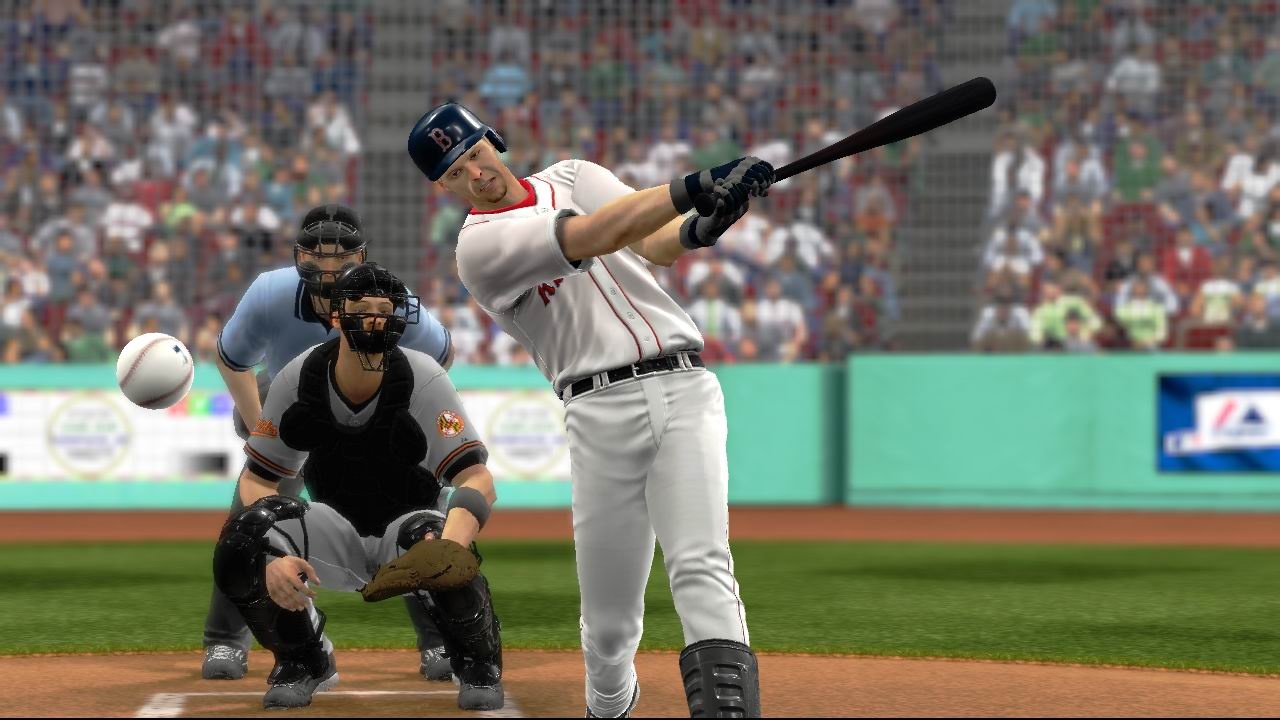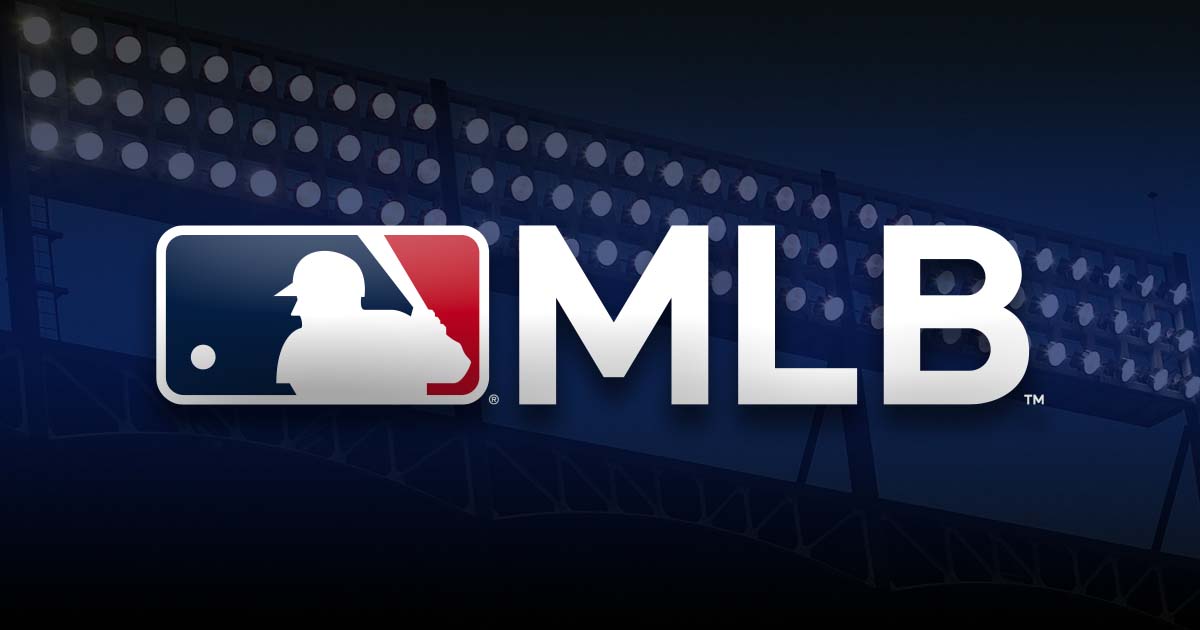The Evolution of MLB Games

The history of Major League Baseball (MLB) is a fascinating tapestry woven with threads of changing rules, technological advancements, and evolving player roles. From its humble beginnings to the modern-day spectacle, the game has undergone a remarkable transformation, shaping its strategy, entertainment value, and cultural significance.
Changes in Rules and Gameplay
The evolution of MLB games has been shaped by a series of rule changes that have altered the game’s pace, strategy, and overall feel. These changes reflect a constant dialogue between tradition and innovation, seeking to enhance the game’s entertainment value while maintaining its core principles.
- The Dead-Ball Era (1900-1919): This era was characterized by low scoring and a focus on defense. Pitchers dominated, relying on a variety of pitches and strategic pitching techniques to keep hitters off balance. The rules emphasized a more conservative style of play, with limited offensive opportunities.
- The Live-Ball Era (1920-1941): The introduction of the “live” baseball, a ball with a slightly higher bounce, ushered in a new era of offensive dominance. The game became more exciting with higher scoring and a focus on offensive power. The live ball made it easier for hitters to generate extra-base hits and home runs, leading to a shift in the game’s emphasis from pitching to hitting.
- The Integration of Baseball (1947-Present): The integration of baseball, beginning with Jackie Robinson’s debut with the Brooklyn Dodgers in 1947, ushered in a new era of talent and athleticism. This period saw a surge in diverse talent, changing the game’s dynamics and introducing new styles of play.
- The Expansion of Baseball (1961-Present): The expansion of the league from 16 teams to 30 teams, with the addition of new franchises in cities across the country, created a wider talent pool and a more diverse playing field. This expansion led to a greater emphasis on scouting and player development, as teams sought to find and cultivate talent from a broader range of backgrounds.
The Impact of Technology
Technological advancements have significantly impacted MLB games, from the way the game is played to how it is experienced by fans. These innovations have not only improved the game’s safety and efficiency but also introduced new dimensions to its strategy and entertainment value.
- Instant Replay: Introduced in 2008, instant replay has revolutionized the way umpires make calls, providing a mechanism for reviewing questionable decisions and ensuring accuracy. It has also added a layer of complexity to the game, as managers and players now need to consider the potential for replay reviews when making strategic decisions.
- Pitch Tracking Technology: The use of pitch tracking technology, such as Statcast, has transformed the way the game is analyzed and understood. This technology provides detailed information about the speed, spin rate, and trajectory of pitches, offering insights into pitcher performance and hitter tendencies.
- The Rise of Analytics: The increased use of data and analytics has transformed the way teams evaluate players, make strategic decisions, and develop game plans. This data-driven approach has led to a greater emphasis on efficiency, optimization, and objective decision-making.
The Evolution of Player Roles
The changing landscape of MLB games has led to the evolution of player roles, with a greater emphasis on specialization and versatility. The modern game demands a wider range of skills and athleticism, as players need to adapt to the ever-evolving dynamics of the game.
- The Designated Hitter: The introduction of the designated hitter (DH) in 1973 created a new role in the game, allowing teams to use a specialist hitter in place of the pitcher. This rule change has led to a greater emphasis on offensive power and a shift in the game’s balance between pitching and hitting.
- The Rise of the Power Hitter: The modern game has witnessed a surge in power hitting, with players capable of launching home runs at unprecedented rates. This shift in emphasis has been driven by a combination of factors, including the use of performance-enhancing substances, the development of hitting techniques, and the evolution of baseball itself.
- The Importance of Versatility: Modern teams are increasingly seeking players with versatility, capable of playing multiple positions and contributing offensively and defensively. This shift towards multi-faceted players reflects the growing complexity of the game and the need for players who can adapt to a variety of situations.
Key Aspects of an MLB Game

Major League Baseball (MLB) is a sport rich in history and tradition, captivating fans worldwide with its strategic gameplay and thrilling moments. Understanding the intricacies of an MLB game can significantly enhance the viewing experience. This section delves into the key aspects of an MLB game, covering its various phases, rules, scoring system, and positions on the field.
Phases of an MLB Game
An MLB game is divided into distinct phases, each contributing to the overall narrative and excitement of the game.
- Pre-Game Ceremonies: Before the game begins, there are several pre-game ceremonies that set the stage for the competition. These include the national anthem, player introductions, and the ceremonial first pitch, often thrown by a notable guest or local personality.
- The Game Itself: The heart of the game involves nine innings, with each team having an opportunity to bat and field. The team with the most runs at the end of nine innings wins. However, if the score is tied after nine innings, the game continues into extra innings until one team scores more runs.
- Post-Game Celebrations: After the game concludes, the winning team celebrates their victory with cheers, high fives, and often a champagne shower. The losing team may also gather for a brief post-game huddle to reflect on their performance and prepare for the next game.
Rules and Scoring System
MLB games adhere to a set of rules that govern the gameplay and scoring system.
- Basic Rules: The game is played between two teams of nine players each. The goal is to score more runs than the opposing team by hitting the ball and advancing around the four bases, which are located in a diamond shape. Players take turns batting and fielding, with the team batting attempting to score runs and the team fielding trying to prevent runs.
- Scoring Runs: A run is scored when a batter hits the ball and successfully circles all four bases, starting from home plate and returning to home plate. Each run adds one point to the team’s score.
- Strikes and Balls: A batter has three chances to hit a pitch thrown by the pitcher. If the batter swings and misses the ball, it is called a strike. If the batter does not swing at a pitch that passes through the strike zone (the area between the batter’s knees and chest), it is called a ball. If the batter gets three strikes, they are “out,” and the next batter takes their turn. If the batter gets four balls, they are awarded a “walk” and advance to first base.
- Outs: A team can have a maximum of three outs in an inning. An out can occur in several ways, including:
- Striking out (three strikes)
- Being caught out (hitting the ball and having it caught by a fielder before it touches the ground)
- Being tagged out (being touched by a fielder while running between bases)
- Being forced out (being forced to run to a base because another runner is already on that base and the batter hits the ball)
Positions on the Field
The nine players on the field have specific positions and roles.
| Position | Role |
|---|---|
| Pitcher | Throws the ball to the batter, attempting to get them out. |
| Catcher | Catches the pitches thrown by the pitcher, communicates with the pitcher about the game plan, and blocks pitches that go to the ground. |
| First Baseman | Plays near the first base, fielding ground balls and attempting to put out runners. |
| Second Baseman | Plays between first and second base, fielding ground balls and attempting to put out runners. |
| Third Baseman | Plays near the third base, fielding ground balls and attempting to put out runners. |
| Shortstop | Plays between second and third base, fielding ground balls and attempting to put out runners. |
| Left Fielder | Plays in the outfield, covering the left side of the field, catching fly balls and attempting to put out runners. |
| Center Fielder | Plays in the outfield, covering the center of the field, catching fly balls and attempting to put out runners. |
| Right Fielder | Plays in the outfield, covering the right side of the field, catching fly balls and attempting to put out runners. |
The Impact of MLB Games on Culture and Society

Major League Baseball (MLB) games have played a pivotal role in shaping American culture and society, weaving themselves into the fabric of the nation’s identity. From fostering community spirit to driving economic growth, MLB games have left an enduring mark on the country’s social landscape.
The Cultural Significance of MLB Games
MLB games have served as a unifying force in American culture, bringing people together from all walks of life. They offer a shared experience that transcends social, economic, and racial boundaries, creating a sense of belonging and community. The tradition of attending baseball games has been passed down through generations, creating a sense of nostalgia and shared history. The iconic images of cheering fans, the crack of the bat, and the thrill of a home run are deeply ingrained in the American psyche.
The Economic Impact of MLB Games
MLB games contribute significantly to local economies, generating revenue through ticket sales, concessions, merchandise, and tourism. The presence of MLB teams attracts visitors and businesses, boosting local employment and economic activity. The global reach of MLB also generates revenue through broadcasting rights, merchandise sales, and international partnerships.
“The economic impact of MLB games is substantial, not only in terms of direct revenue generation but also in terms of the ripple effects on local businesses and communities.”
Examples of MLB Games’ Influence on Individuals and Communities
MLB games have inspired countless individuals and communities, fostering a sense of hope, resilience, and unity. The story of Jackie Robinson breaking the color barrier in Major League Baseball is a powerful example of how sports can be a catalyst for social change. The 2017 World Series victory of the Houston Astros, a team that had just endured the devastation of Hurricane Harvey, provided a much-needed moment of joy and inspiration for the city.
Mlb games – The intricacies of Major League Baseball, with its strategic nuances and captivating narratives, often draw comparisons to complex mysteries. Much like the unfolding of a thrilling game, the disappearance of Lazar Dukic, as documented in this article , has captivated the public’s attention.
The search for answers in both realms – baseball and the missing person case – underscores the human fascination with unraveling the unknown and seeking closure.
The thrill of an MLB game, with its unpredictable twists and turns, is often mirrored in real-life mysteries, such as the disappearance of Lazar Dukic, a case that continues to haunt investigators. Lazar Dukic missing highlights the enduring power of human curiosity and the desire to uncover the truth, much like the dedicated fans who follow their favorite teams through every season.